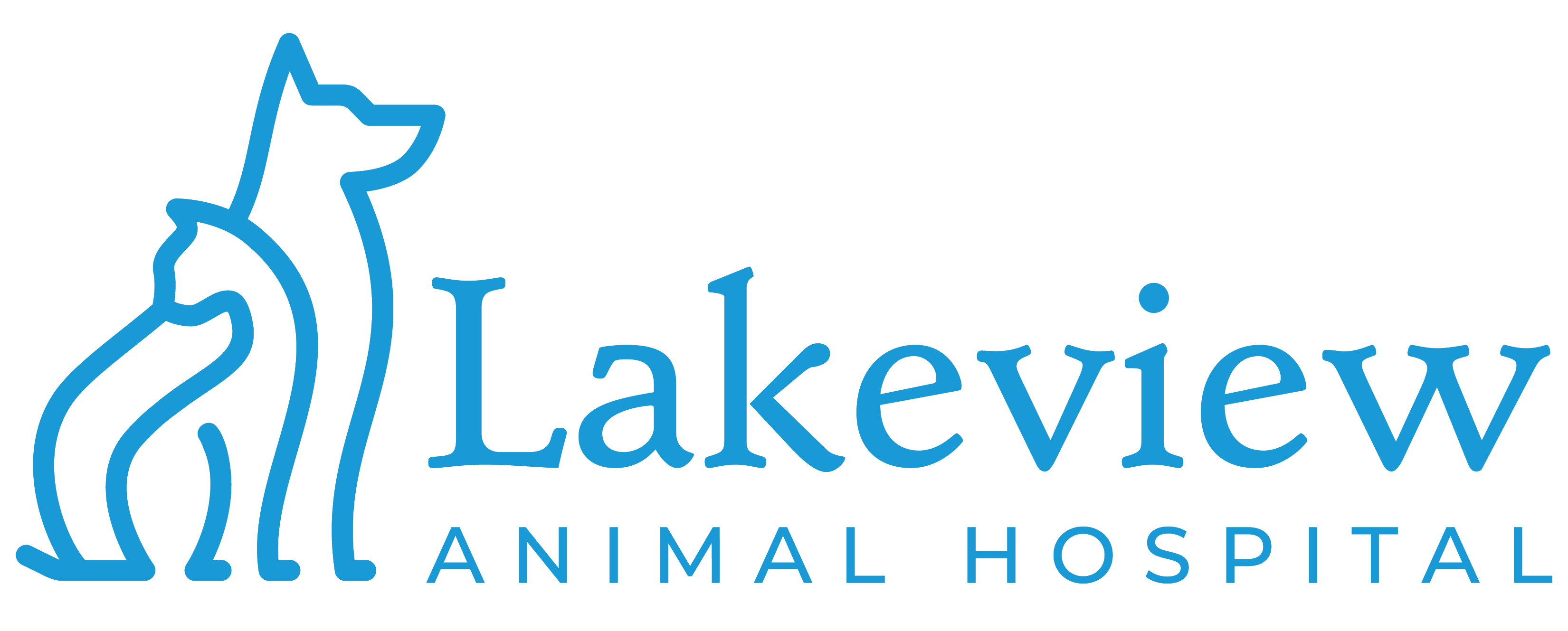Educational Articles
-
The estrous cycle, better known as a female cat's heat cycle, consists of several stages; the stage called estrus refers to when the female is sexually receptive. This handout explains the age of onset, the clinical signs of a cat in heat, the length and phases of the heat cycle, as well as the benefits of spaying a female before her first heat cycle.
-
Female dogs will have their first estrous (reproductive or heat) cycle when they reach puberty. Each cycle consists of several stages; the stage called estrus refers to when the female can become pregnant. This handout explains the cycle stages and signs as well as how to prevent mating and pregnancy in your female dog.
-
Estrus (heat) begins when a female dog reaches sexual maturity and occurs about twice per year, although it varies from dog to dog. From the beginning of a female’s estrus period, she will be attractive to male dogs, though she will usually not be receptive or allow mating until seven to ten days into her cycle. The time of mating is extremely critical and it is highly recommended to have your female tested to determine the optimal days for breeding.
-
Ethylene glycol, a sweet-tasting, odorless liquid, is the active ingredient in antifreeze. Ethylene glycol can also be found, in lower concentrations, in some windshield de-icing agents, hydraulic brake fluid, motor oils, solvents, paints, film processing solutions, wood stains, inks, printer cartridges. Ethylene glycol is poisonous to cats; immediate treatment is essential.
-
Ethylene glycol, a sweet-tasting, odorless liquid, is the active ingredient in antifreeze. Ethylene glycol can also be found, in lower concentrations, in some windshield de-icing agents, hydraulic brake fluid, motor oils, solvents, paints, film processing solutions, wood stains, inks, and printer cartridges. Ethylene glycol is poisonous to dogs: as little as half a teaspoon per pound of a dog's body weight can result in death. Immediate treatment is essential.
-
Our culture has evolved to embrace the human-animal bond with love and respect. Our cats are members of the family, and many of us describe ourselves as “pet parents.”
-
Our culture has evolved to embrace the human-animal bond with love and respect. Our dogs are members of the family, and many of us describe ourselves as “pet parents.” Because of advances in veterinary medicine and preventive care, as well as the migration of dogs from the backyard to the house and even into our bedrooms, dogs are living longer and in closer relationships with humans than ever before.
-
Evan’s syndrome is the term used when a pet has both immune-mediated hemolytic anemia (IMHA) and immune-mediated thrombocytopenia (ITP). With this condition, the body destroys its own red blood cells and platelets. Prognosis is variable and depends on the underlying cause and the pet’s general condition at the time of diagnosis. Relapses are common.
-
Losing weight can be difficult. While feeding a prescription weight loss diet is certainly a good start in a weight loss program for your cat, it is important to remember that food intake is only one part of the problem; energy expenditure is also significant. Encouraging your cat to exercise by playing with him, putting his food in unusual places so he has to look for it, and making him work for his food (e.g., training, foraging toys) will help.
-
Exercise restriction refers to the act of intentionally limiting a pet’s physical activity. Veterinarians often recommend exercise restriction to allow a pet to heal after a surgical procedure or injury, although it may also be recommended to prevent worsening of a medical condition. Different circumstances require different degrees of exercise restriction, so your veterinarian’s guidance is essential when implementing exercise restriction.

